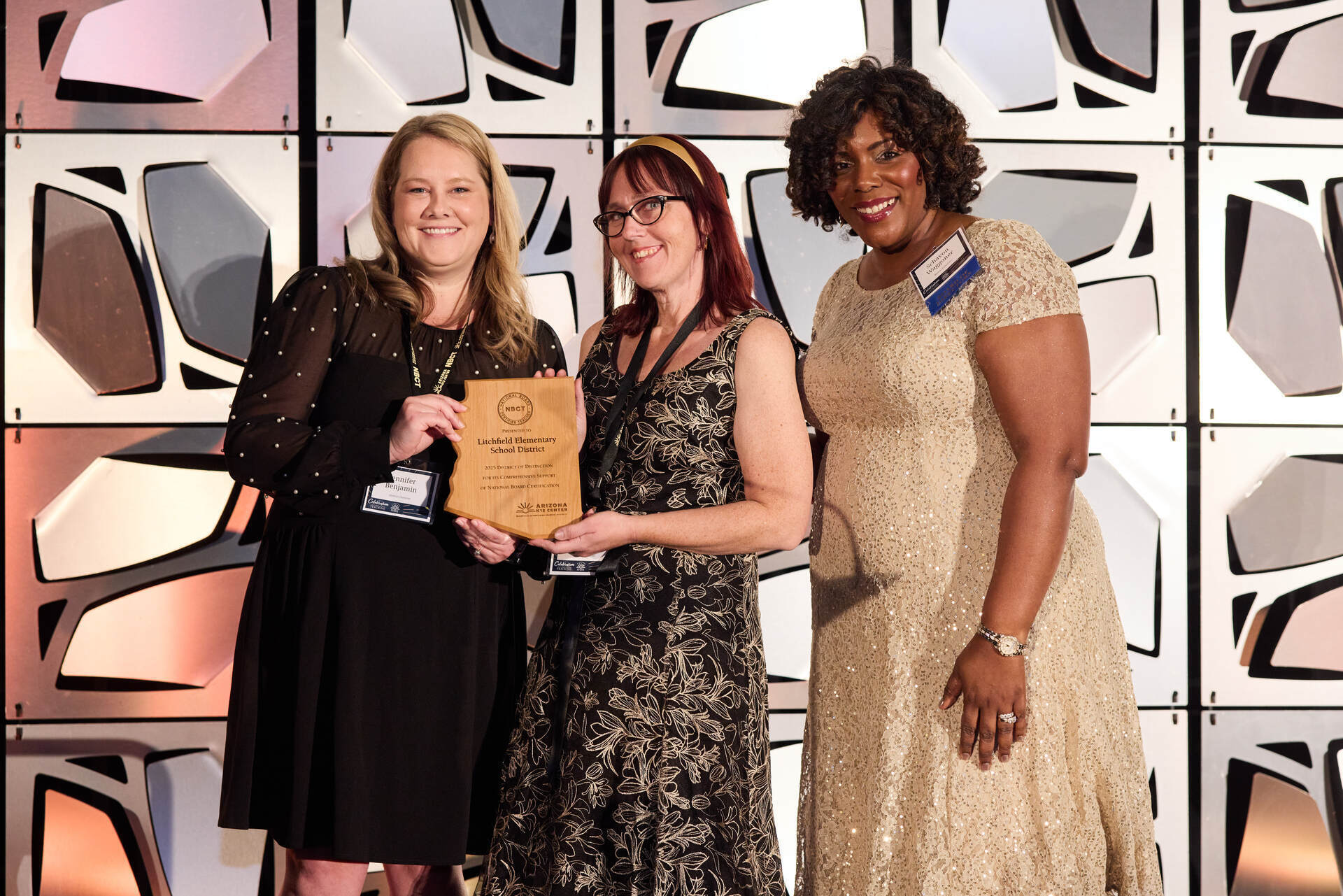August 18, 2018
Leveraging PR and Marketing in the Classroom
Learn how to tell the story of your classroom and message it to the public.
Who are you? Who are your students? It’s through stories that parents, other educators, and community members can learn about our classrooms. As educators, we often end up in a vacuum situation where we’re not getting encouragement, suggestions, or even noticed for the work we do with our students. Storytelling is a tool we can use to communicate what we’re doing — whether it’s documenting a semester-long project or a single fun moment from today’s third period. Storytelling allows us to connect with each other in a creative way.
Our stories and what we learn from them can shift mindsets, affect change, and even bring together resources to support student learning. With the school year approaching quickly, think about how you can incorporate storytelling about your classroom and sending it out into the world.
But how? After all, a story is only a story if it’s shared.
1. Figure out who your audience is. Your audience will help you determine what things to highlight in your stories. Depending on who your audience is, your content might change based on their needs. The biggest mistake that can be made with storytelling is communicating what happened instead of what’s in it for the reader. After learning more about what’s going in your classroom, the audience should walk away with a lesson learned or a call-to-action.
2. Start small. In a time of resource overload and an abundance of information, don’t put too much pressure on yourself to produce a huge masterpiece. A tweet, an Instagram post with a caption, or even a short video testimonial about the day can showcase the work you and your students are doing. By putting out smaller stories, you can share them more quickly and keep up the momentum.
3. Find your platform. Not much into writing? Maybe don’t blog. Prefer taking photos or filming videos? Try Instagram or Google Hangouts on Air. Enjoy sharing quick and frequent updates? Tweet about it. Figure out what platform works for you to share classroom stories. If you don’t end up liking it, you can always switch. Storytelling allows you to find your voice and gives you an opportunity to express yourself. The takeaway: If you don’t enjoy it, you probably won’t stick with it.
4. Think about the story like a movie. Pretend as though you’re a screenwriter. The story you tell should have a beginning, middle, and end. What do you want to accomplish in your students’ stories?
5. End with a call-to-action. We all know Shark Tank. Just like the contestants end with an ask for money in exchange for equity, end your story with something that encourages the audience, reader, or viewer to do something. Rather than just being passive consumers of your adventure, they can take the information learned from your story and take action.
We love telling them. We love hearing them. Sharing stories can help and encourage others to make change. We tell these stories to transform education. We use them to make a difference and broaden our own perspective and to learn more about what we don’t know. So, what are you waiting for?











